Insects use as sources of food
- Entomophagy is the practice of consuming insects as food
- In Malaysia, there are more than 70 ethnics practicing entomophagy expecially during the olden days [1]
- There are about 57 species of insects known to be consumed as food by several ethnics in Sabah, Malaysia
- Insects are abundant and some are seasonal in vegetated areas for example cicadas and grasshopper
- Cicadas: abundant when their host plant, Pongamia spp. started to produce young shoots [2] [3]
- Grasshopper: abundant during the planting season of crops such as padi and are considered as pests [4]
Table 1: List of insects known to be consumed as food in Malaysia by several ethnics
| Insect | Preparation | Region | Figure |
| Grasshopper | Roasted over open fire | Peninsular Malaysia, Sabah, Sarawak | 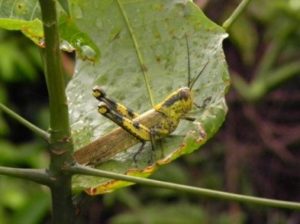 |
| Short horned grasshopper | Deep fried | Sabah | 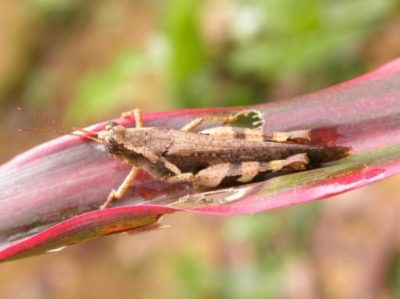 |
| Mole crickets | Stir fried without oil | Sabah | 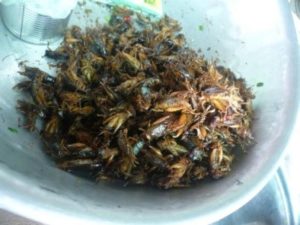 |
| Macromoth | Wing removed and boiled to dry | Sabah | 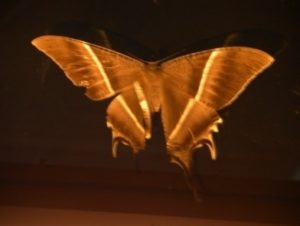 |
| Sago grub | Raw, stir-fried without oil | Peninsular Malaysia, Sabah, Sarawak | 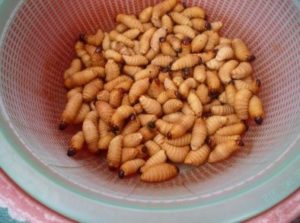 |
| Stick bugs | N/A | Sabah | 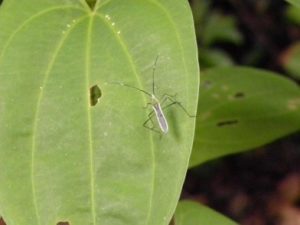 |
| Giant honey bee | Honey – drank with fluid, brood eaten | Peninsular Malaysia, Sabah, Sarawak | 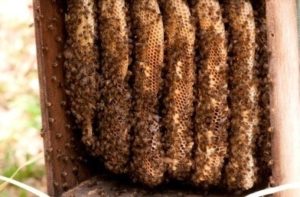 |
| Weaver ants | Adult mixed with chilli and salt, served as condiment, brood taken raw or cook with porridge or rice | Sabah, Sarawak | 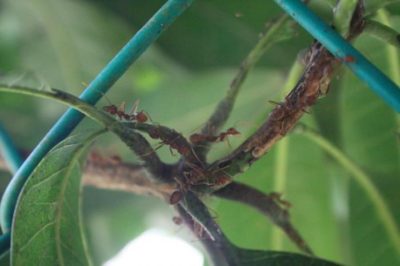 |
| Giant forest ants | Use as flavouring | Peninsular Malaysia | 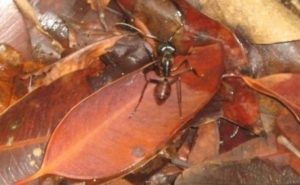 |
References:
- Salleh H. The encyclopedia of Malaysia. Peoples and traditions. Archipelago Press; 2007. p. 8.
- Durst PB, Johnson DV, Leslie RN, Shono K, editor. Edible forest insects. Forest insects as food: Humans bite back. Proceeding of a workshop on Asia-Pacific resources and their potential for development; 2008 19-21 Feb; Chiang Mai, Thailand: 2010.
- Chung AYC, editor. Diversity and sustainable use of insects as source of food in interior Sabah. Proceedings of the 14th Malaysian Forestry Conference, Kota Kinabalu, Sabah. Forestry in Malaysia: Reinventing human-nature relationships. Sabah Forestry Department: 2007, p. 752-756.
- Yusoff I, Khoo KC. Serangga perosak utama: Tanaman di Malaysia. Kuala Lumpur: Dewan Bahasa dan Pustaka, Kementerian Pendidikan Malaysia, 1989.


